Employee Grievance Letter Template for Workplace Concerns
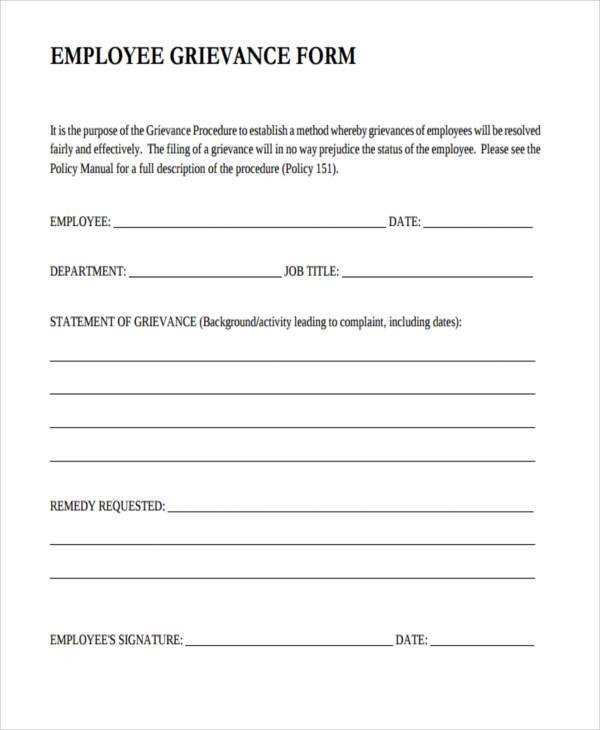
Addressing workplace issues is essential for maintaining a healthy and productive environment. When problems arise, it’s crucial to communicate concerns clearly and professionally to ensure they are taken seriously. A formal approach can help resolve conflicts effectively and prevent misunderstandings.
In this section, we will explore the proper structure and essential components to consider when composing a formal request. Understanding how to articulate your concerns is key to ensuring that your message is heard and acted upon appropriately.
Clarity and professionalism are vital when writing such a communication. Whether dealing with unfair treatment, dissatisfaction, or unmet expectations, presenting your case in a well-organized manner increases the chances of a positive outcome.
Properly addressing the issue in writing not only ensures that all details are clear but also provides a record of the concern for future reference. This guide will walk you through the necessary steps for submitting a formal complaint with confidence.
Workplace Concern Submission Format
When issues arise in the workplace, it is important to express them in a structured and professional manner. By doing so, you ensure that the problem is clearly communicated and addressed in a timely way. This section provides guidance on creating an organized format to address concerns effectively.
The key to a well-crafted communication is a clear statement of the problem, providing specific details that help the recipient understand the situation. Additionally, expressing desired outcomes or solutions is crucial to direct the conversation towards a resolution.
Properly structuring the content not only ensures clarity but also increases the likelihood of a constructive response. Key elements such as a concise introduction, a description of the issue, and a request for a meeting or action are essential for achieving a positive resolution.
Following a systematic approach in submitting concerns allows both parties to address the matter efficiently while maintaining professionalism and transparency. A well-organized document can serve as an important record, providing context and ensuring accountability in resolving the issue.
Why Formal Workplace Communications Are Essential
Clear and structured communication is crucial for addressing issues within the work environment. When conflicts or concerns arise, it’s important to express them in a way that is organized and professional. Such communications ensure that problems are taken seriously and addressed in a timely manner, benefiting both parties involved.
Having a formal method of communicating issues helps create a record of the matter, which can be useful for follow-up or further action. It ensures that there is no ambiguity and that the concerns are properly documented for future reference.
Professional communication fosters a more constructive atmosphere where solutions can be sought collaboratively. It demonstrates respect for the organization’s processes and shows a willingness to resolve issues in a fair manner.
Without a clear formal process, concerns may go unnoticed or be misinterpreted, leading to unresolved tensions. By following the appropriate communication channels, employees can ensure their voices are heard and work towards a positive resolution of workplace challenges.
Structure of an Effective Complaint
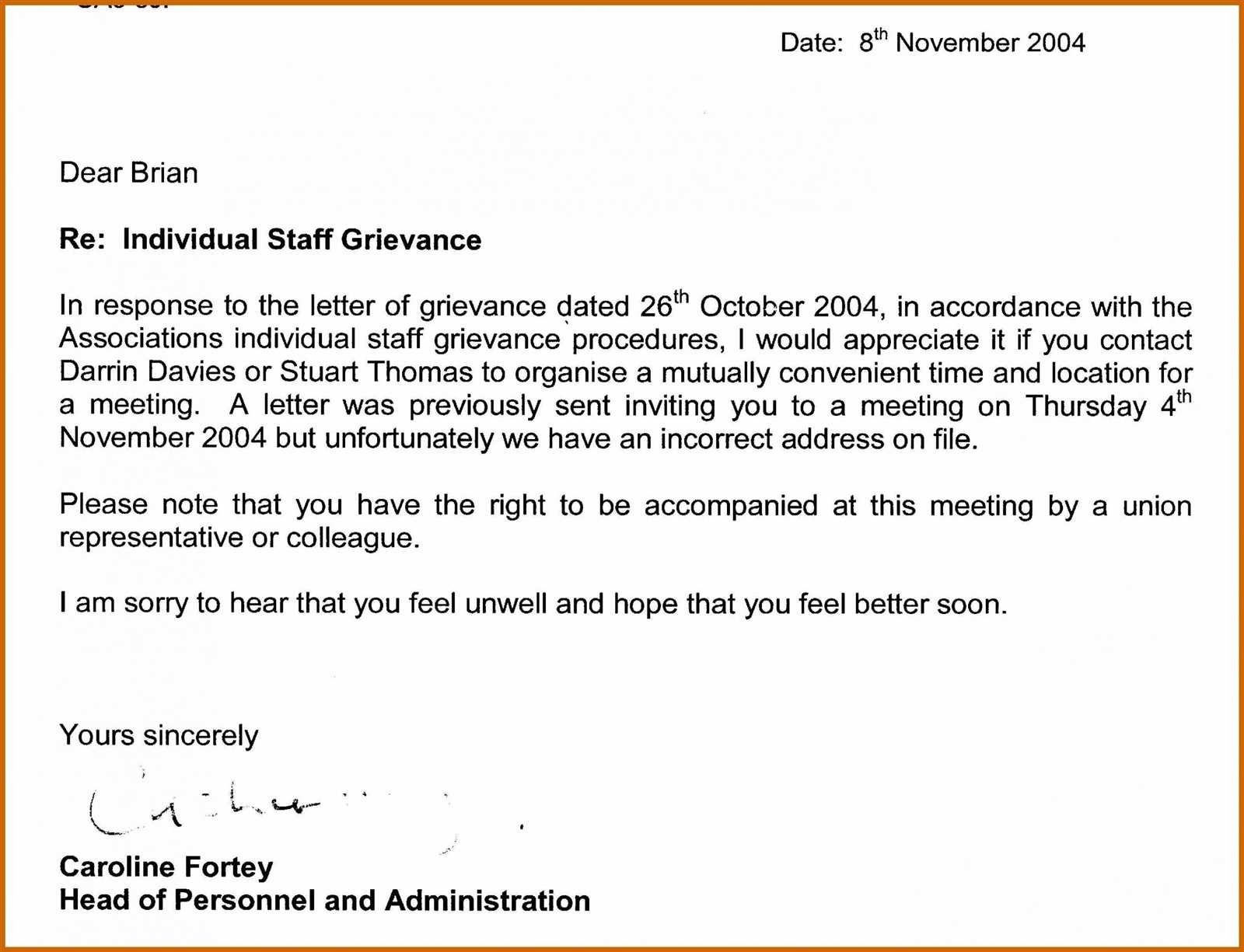
To ensure your concerns are communicated clearly and addressed promptly, it is important to structure your communication in a way that is both professional and easy to understand. A well-organized message helps the recipient grasp the issue quickly and enables them to take appropriate action.
Here are the key components to include when writing a formal complaint:
- Introduction: Start with a brief introduction, stating the purpose of your communication and outlining the issue you are addressing.
- Details of the Issue: Clearly describe the situation or problem, providing specific examples and relevant dates. The more precise the information, the easier it is for the recipient to understand.
- Impact: Explain how the issue has affected you or others in the workplace. This helps demonstrate the seriousness of the situation.
- Desired Outcome: Clearly state what you are hoping for as a resolution. Whether it’s a meeting, a change in policy, or another solution, being specific is important.
- Closing: End with a polite and professional closing, expressing a willingness to discuss the matter further if necessary.
By following this structure, you increase the likelihood that your concerns will be taken seriously and handled efficiently. An organized and well-written complaint not only helps resolve the issue but also maintains a respectful and professional tone in the workplace.
Guidelines for Addressing Workplace Issues
Effectively handling workplace challenges is essential for maintaining a positive and productive environment. Addressing concerns in a timely and professional manner ensures that issues are resolved efficiently and prevents conflicts from escalating.
When approaching workplace matters, it is important to follow a structured process. This helps ensure that the issue is addressed in the right way, with proper documentation and clarity. Below are key guidelines to keep in mind when communicating about workplace concerns.
Steps for Addressing Concerns
| Step | Action |
|---|---|
| 1 | Identify the Issue – Be clear about what the problem is and its impact on you or the workplace. |
| 2 | Review Company Policy – Understand the company’s procedures for reporting concerns or conflicts. |
| 3 | Gather Evidence – Collect relevant details and examples to support your case, such as dates or witness accounts. |
| 4 | Formulate a Clear Message – Structure your communication in a concise and professional manner, focusing on facts. |
| 5 | Submit Your Concern – Follow the correct procedure for submitting your issue to the relevant person or department. |
| 6 | Follow Up – If necessary, follow up to ensure the issue is addressed and remains on track for resolution. |
Key Considerations
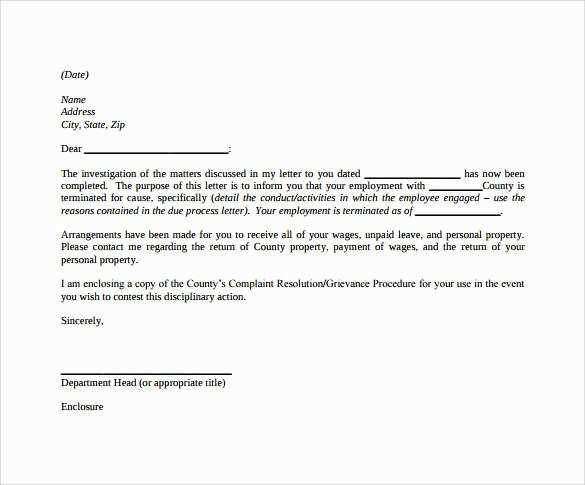
Remaining professional throughout the process is crucial. Be respectful, even if the issue is significant, as it will reflect positively on your approach. Also, aim to seek a solution, not just express dissatisfaction, which promotes a more cooperative atmosphere.
How to Write a Professional Communication
Writing a formal message in a workplace setting requires clarity, respect, and a structured approach. Whether you are addressing a concern or providing important feedback, ensuring that your communication is professional and well-written increases its effectiveness and the likelihood of a positive response.
When crafting a formal communication, it is important to focus on delivering your message clearly while maintaining a respectful tone. Below are some steps and tips for writing a professional message that will make a strong and lasting impact.
Key Elements of a Professional Communication
Consider the following components when drafting your formal communication:
- Opening Statement: Start with a formal greeting, addressing the recipient by name if possible. Clearly state the purpose of your message right away.
- Body: Provide the necessary details of the matter you are addressing. Use clear, concise language and avoid unnecessary information. Stay on topic and remain professional in tone.
- Conclusion: End with a polite closing, reiterating any action you expect or are requesting, and expressing willingness to discuss further if necessary.
Common Tips for Success
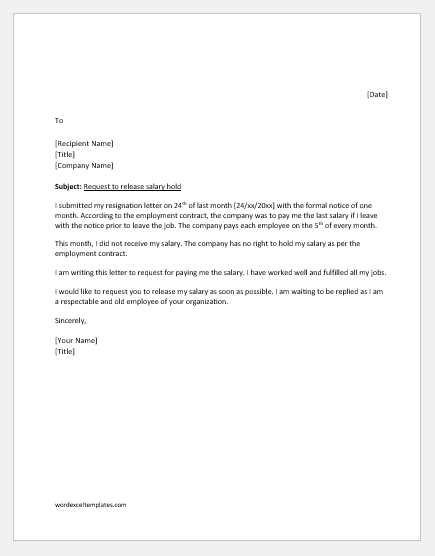
Maintain professionalism: Always stay respectful, even if the matter is serious or personal. A calm, composed tone helps ensure that your message is taken seriously.
Be concise: Avoid long-winded explanations. Be as direct as possible while providing all necessary information to prevent confusion.
Remember, the goal is to ensure your message is clear and actionable. A well-composed communication helps foster a constructive and positive work environment.
Handling Responses to Your Concern
Once you’ve communicated an issue in the workplace, the next step is addressing the responses you receive. Whether the reply is positive or requires further clarification, how you handle the situation can significantly impact the resolution process.
When receiving a response, it is crucial to remain professional and objective. Consider the reply carefully, as it may contain important information or next steps. The way you proceed will determine whether the issue is resolved quickly and effectively.
What to Do After Receiving a Response
After you receive a reply, consider the following actions:
- Assess the Solution: Determine if the response offers a satisfactory resolution or if more discussion is necessary. If the matter is unresolved, politely ask for further clarification.
- Document Everything: Keep a record of all responses and communications. This ensures that you have a clear account of the interaction should further follow-ups be needed.
- Stay Professional: Regardless of the tone or content of the response, always maintain a calm and respectful approach in your reply.
What to Do If the Issue Persists
If the response does not resolve the matter to your satisfaction, it may be necessary to escalate the situation. In this case, refer to company procedures or consider seeking advice from a supervisor or HR representative.
By handling responses with professionalism and clarity, you contribute to a constructive dialogue that can lead to effective solutions in the workplace.
Understanding Your Rights in the Process
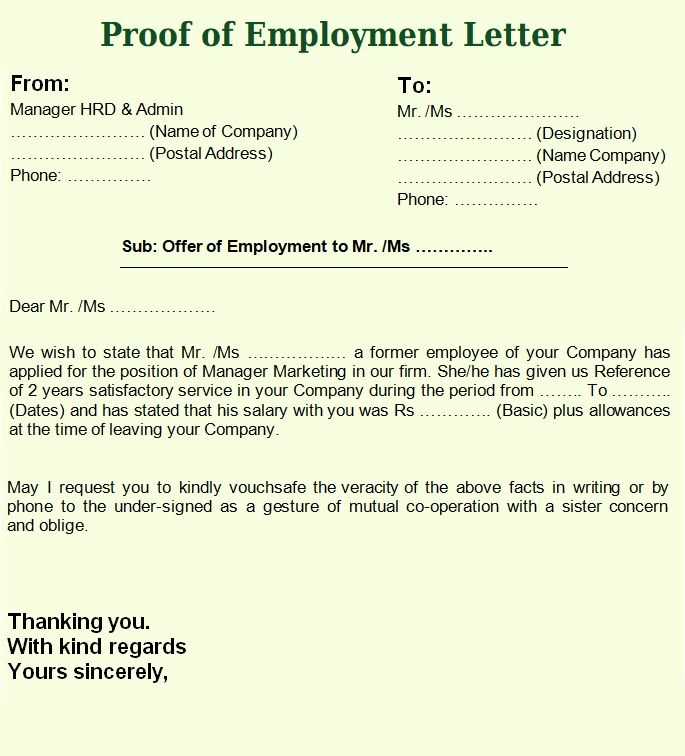
When addressing workplace concerns, it is important to know your rights throughout the entire procedure. Understanding what you are entitled to ensures that you are treated fairly and that your issue is handled in accordance with company policies and legal guidelines.
Throughout the process, you should be aware of the expectations for both yourself and the organization. Being informed allows you to make decisions that best represent your interests while ensuring that the matter is resolved in a manner that upholds both fairness and professionalism.
Key Rights to Consider
Here are some fundamental rights to keep in mind when voicing concerns:
- Right to a Fair Hearing: You are entitled to have your concern heard without bias. This ensures that your issue is given due consideration before any conclusions are made.
- Right to Privacy: Any sensitive information shared during the process should be kept confidential, protecting your personal and professional privacy.
- Right to Non-Retaliation: Retaliation for raising an issue is prohibited. You should feel safe to express concerns without fear of negative consequences or discrimination.
Legal Protections and Company Policies
It is crucial to understand both legal protections and company-specific policies that may apply to your situation. Depending on your location, labor laws may provide additional safeguards, and your company’s internal procedures should outline how concerns are typically addressed. Ensure that you are familiar with these policies to advocate for your rights effectively.
Being aware of your rights is essential for navigating any workplace issue with confidence. By doing so, you can ensure that your voice is heard and that any actions taken are in line with legal and ethical standards.